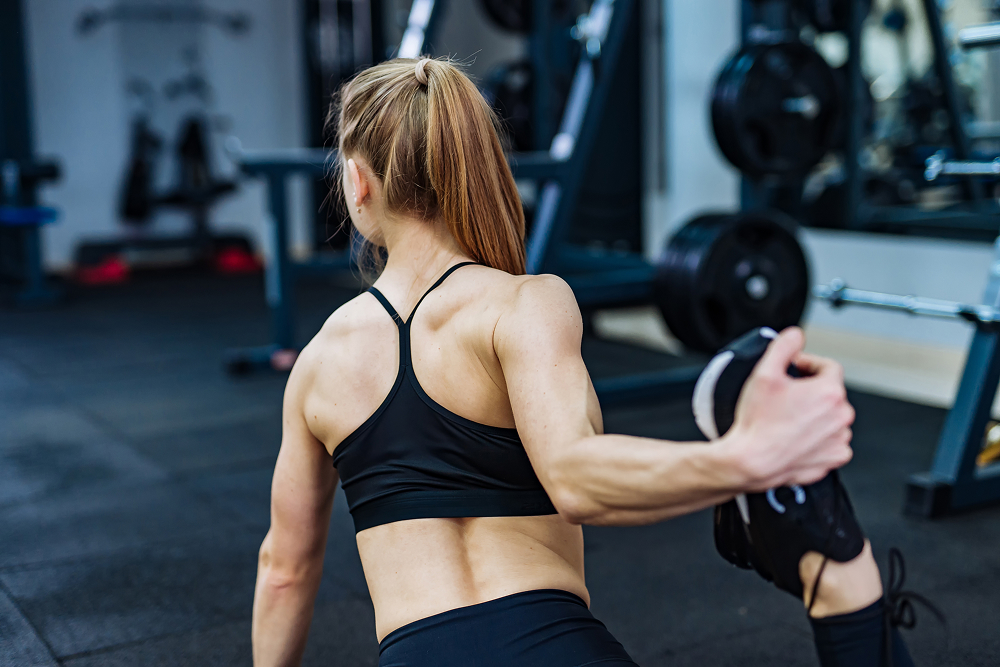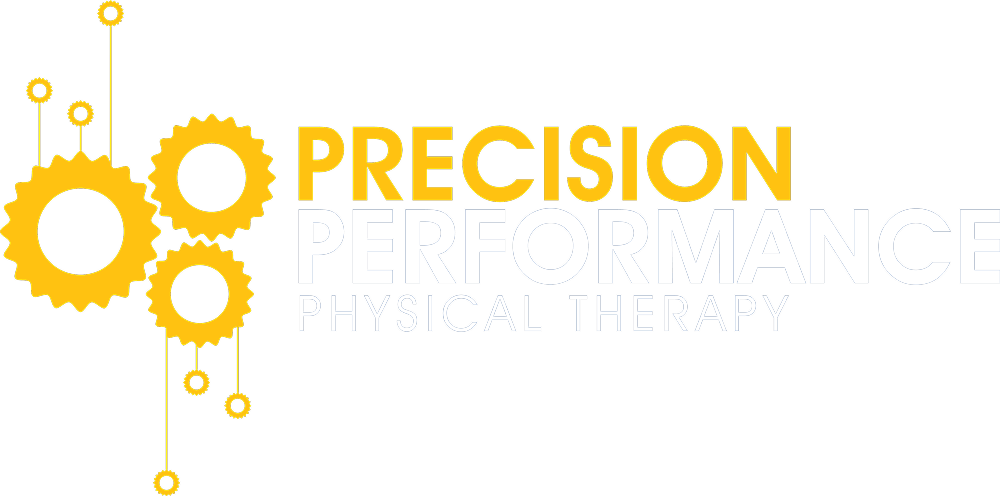The Importance of Warm-Up: Key to Injury Prevention

When it comes to staying active and injury-free, one of the most critical steps you can take is warming up properly before exercise. Whether you’re hitting the gym, going for a run, practicing yoga, or participating in recreational sports, a well-rounded warm-up routine is essential for injury prevention. In fact, warming up does more than just prepare your body for exercise, it also helps your muscles, joints, and cardiovascular system function more efficiently during physical activity, reducing the risk of strain, sprains, and other injuries.
At Precision Performance Physical Therapy, we understand the importance of injury prevention for active adults, and we’re here to help you stay in peak condition. In this article, we’ll explore why warming up is a critical step in injury prevention, the key components of a proper warm-up, and how to integrate them into your exercise routine.
Why Warming Up Is Crucial for Injury Prevention
When you jump straight into physical activity without warming up, your body isn’t prepared for the sudden increase in intensity. Warming up helps prepare your muscles and joints for the movements that will follow, decreasing the likelihood of injury. Here’s how:
- Increases Blood Flow
Warming up gradually increases your heart rate and blood circulation, which sends more oxygen and nutrients to your muscles. This helps them function better and can improve performance during your workout. Proper circulation is key to preventing muscle strains or sprains, as it makes tissues more pliable and resilient. - Improves Muscle Elasticity
When your muscles are cold, they are more prone to injury. A proper warm-up raises the temperature of your muscles and soft tissues, making them more elastic. This added flexibility reduces the chances of overstretching or tearing muscles during exercise. - Lubricates the Joints
Warming up activates the synovial fluid in your joints, which acts as a lubricant and helps reduce friction. This is particularly important for weight-bearing joints like your knees, hips, and shoulders, which are susceptible to injury during activities like running or lifting. - Increases Range of Motion
A dynamic warm-up improves joint mobility and increases your range of motion, making it easier to perform the movements required during your workout. This is especially important for activities that involve full-body movements or require flexibility. - Mentally Prepares You for Exercise
Warm-ups don’t just prepare your body, they also help you mentally transition into exercise mode. Starting slowly with controlled movements allows you to focus on your form and technique, which can prevent poor posture or movement patterns that contribute to injury.
Key Components of an Effective Warm-Up
A well-rounded warm-up should include both general cardiovascular activity and dynamic stretching. Each serves a distinct purpose to ensure that your body is ready for the demands of your workout. Here’s a breakdown of the essential elements of a proper warm-up:
1. General Cardio Warm-Up (5–10 minutes)
A light cardio session is the best way to gradually elevate your heart rate and increase circulation. This part of the warm-up should be gentle enough to get your blood pumping without tiring you out before your workout begins. Here are some effective cardio warm-up options:
- Jogging or brisk walking
- Stationary cycling
- Jump rope or light jumping jacks
- Elliptical machine
Choose an activity that mimics the movement patterns of the exercise you’ll be doing. For example, if you’re preparing to run, light jogging or walking is a great choice. If you’re about to lift weights, using a stationary bike can help increase blood flow to your legs and core.
2. Dynamic Stretching (5–10 minutes)
Once your body is warmed up with some light cardio, it’s time to focus on dynamic stretching. Dynamic stretches involve controlled movements that take your muscles and joints through their full range of motion. These stretches not only improve flexibility but also prepare your body for the specific movements you’ll be performing during your workout. Unlike static stretching (where you hold a stretch), dynamic stretching is active and involves continuous movement.
Here are some examples of dynamic stretches you can include in your warm-up:
- Leg swings (front-to-back and side-to-side)
- Lunges with a twist
- Arm circles and shoulder rotations
- High knees or butt kicks
- Torso twists
- Walking knee to chest
- Hip openers
Dynamic stretching helps activate the muscles and increase mobility, which can reduce the risk of overuse injuries like muscle strains, tendonitis, and joint sprains.
3. Specific Movement Prep
If you’re planning on performing a specific exercise or activity, it’s beneficial to include movement prep. This involves mimicking the actions you’ll be doing in your workout at a low intensity to further prepare your muscles. For instance, if you’re about to lift weights, perform lighter sets of your planned exercises with minimal weight. If you’re going for a run, practice walking lunges or high knees to activate your hip flexors, glutes, and quads.
Warm-Up Tips for Injury Prevention
While the basic structure of a warm-up is consistent, there are some key tips to keep in mind when it comes to injury prevention:
- Listen to Your Body: A warm-up should feel good, it shouldn’t cause pain or discomfort. If you experience any sharp pain during a warm-up or stretching exercise, stop immediately and consult with a physical therapist.
- Don’t Rush: Take your time with the warm-up. Rushing through it can leave your muscles and joints unprepared for the intensity of your workout.
- Focus on Problem Areas: If you have specific areas of tension or weakness, spend extra time on those areas during your warm-up. For example, if you’re prone to lower back pain, incorporate stretches and movements that target the hips and spine.
- Gradually Increase Intensity: Your warm-up should progressively increase in intensity, starting with lower-intensity exercises and gradually moving toward more dynamic and challenging movements.
Warming Up and Injury Prevention for Active Adults
For active adults, injury prevention becomes increasingly important as we age. Muscles may not recover as quickly, joints may lose some of their elasticity, and the risk of chronic injuries like tendonitis, strains, and sprains can rise. However, a consistent and well-executed warm-up routine can help mitigate these risks, allowing you to stay active and enjoy the activities you love without fear of injury.
By incorporating a proper warm-up into your daily exercise routine, you’re not just preventing injuries in the moment, you’re setting yourself up for long-term mobility and performance. The more you focus on injury prevention and proactive care, the better your body will perform and the longer you’ll be able to stay active.
Need Help with Injury Prevention? Book Your Free Consultation Today!
At Precision Performance Physical Therapy, we specialize in injury prevention and rehabilitation. If you’re looking to take your injury prevention to the next level, our team of expert physical therapists can work with you to develop a personalized program that addresses your specific needs and goals. Whether you’re dealing with chronic pain, recovering from a past injury, or simply looking for ways to stay active and injury-free, we’re here to help.
Book a free consultation with one of our licensed physical therapists today! We’ll assess your current physical condition, identify any potential risks, and provide actionable advice to keep you moving safely and efficiently. Don’t wait until an injury slows you down, take the proactive step toward better health now.
By prioritizing injury prevention through proper warm-ups and seeking expert advice, you can stay active, mobile, and pain-free for years to come. Reach out to us today to get started on your path to injury-free living!
